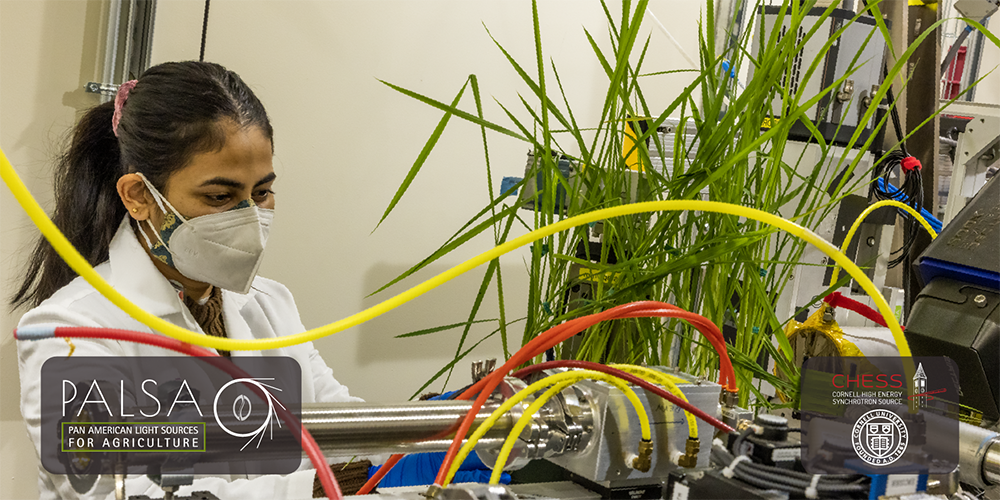Conveners
Agricultural Engineering & Systems Modeling
- Gianluigi Botton (CLS)
- Dean Hesterberg (LNLS-CNPEM)
We rely on soil to support the crops on which we depend. Less obviously we also rely on soil for a host of 'free services' from which we benefit. For example, soil buffers the hydrological system greatly reducing the risk of flooding after heavy rain; soil contains very large quantities of carbon, which would otherwise be released into the atmosphere where it would contribute to climate...
Soil pore structure plays a key role in transport and fate of soil chemicals, gases, microorganisms, and defines rates of biogeochemical reactions. Marked heterogeneity of soil solid and pore spaces and complexity of the pore networks lead to formation of highly spatially and temporally variable zones of enhanced microbial activity. Such zones are commonly referred to as “hot spots” and “hot...
Knowledge of the nano-architecture of plant structures gives insights into basic physiological processes and is also useful for biotechnological purposes such as biomass deconstruction for industrial processing. High-resolution imaging techniques such as electron-based microscopies are crucial to access cellular ultrastructure. However, more precise quantification of structure at such level of...
At the nanoscale, materials acquire unique physico-chemical properties that can be manipulated for tailored purposes and as such, there has been an important increase in nanoparticles (NPs) used in a range of sectors, including agriculture. Nano-enabled agriculture is at the early stages of development but we strongly believe it is a road that may lead directly to sustainable global food...
The widespread use of metal-based nanoparticles (MNPs) can have significant applications and implications in agriculture and the environment. Several MNPs have positively influenced plant growth and have been used as nano-fertilizers and nano-pesticides. However, their extensive use in agriculture and the environment may result in the increased accumulation of metals in agricultural soil that...
Determining mechanisms that regulate plant-nutrient behavior in agricultural soils is often confounded by interactions between physical, chemical, and biological processes within these multicomponent, heterogeneous, and hierarchical systems. This presentation will focus on strategies and examples of addressing these complexities by using complementary techniques at multiple Sirius beamlines....
Legume-rhizobia symbiosis, the most efficient plant N2 fixing system, has been long recognized as a sustainable alternative to the use of nitrogen (N) fertilizers. Previous histological studies have provided a detailed description of anatomical structure of root nodules in 2 dimensions. Nodules consist of two functionally important tissues: (1) a central infected zone (CIZ), colonized by...

